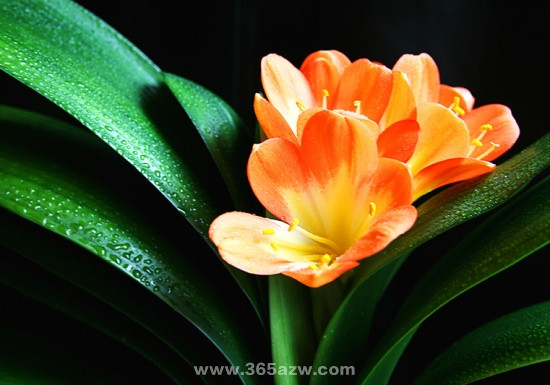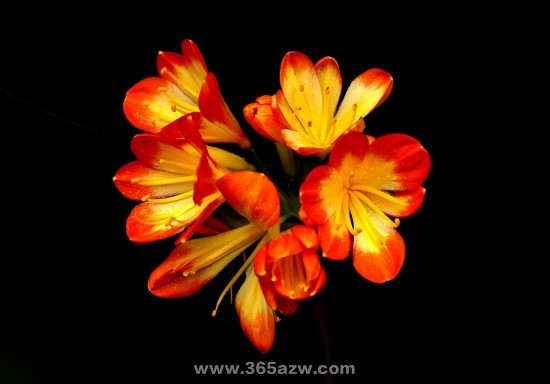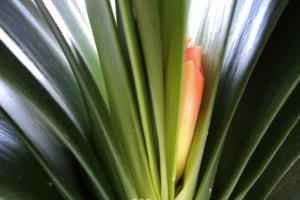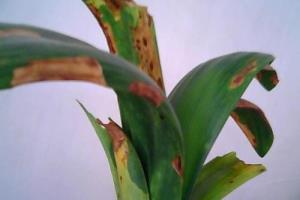Maintenance of Magnolia: different maintenance methods in winter and summer
How to maintain the orchid? in fact, for the orchid, the maintenance of summer and winter is very important. Below, we will describe its maintenance skills for you with the maintenance of these two seasons.

The main results are as follows: (1) in summer, Cymbidium prefers cool, humid and semi-overcast environment, and the suitable temperature for growth is 15-25 ℃. If the temperature is higher than 26-28 ℃, it will be dormant or semi-dormant. If the temperature is higher, it is easy to get sick and die.
Gentleman orchids should be placed indoors or in a ventilated place under the shade in summer. The surrounding environment, to often sprinkle water or put water basin, but also spray water on the leaf surface, in order to increase air humidity and reduce the temperature. When spraying leaf water, do not flow the water into the center to prevent a bad heart. It should be noted that although the amount of water in summer is more than that in other seasons, it is necessary to adhere to the principle of no drying and no watering. We should also be careful not to wait for the basin soil to be thoroughly dry, but to water it when it is semi-dry, so that it is better to keep the basin soil moist up and down.
In terms of temperature, Magnolia is a medium-light flower, soft and light, avoid scorching sun exposure. In summer, it must be placed in a ventilated place under the shade to avoid direct sunlight at noon. If it is directly exposed to strong light, it will cause "sunburn", and the leaves will appear large brown spots and wither. When the temperature rises to more than 25 ℃, the growth of Cymbidium is restrained, so stop applying fertilizer, such as continue to apply fertilizer, it is easy to rot roots and stems. If the ambient temperature of Cymbidium can be reduced to below 25 ℃, the rarefied liquid fertilizer above 1:20 can also be applied in summer, once every semimonthly. This can promote the growth of Magnolia, so that it can shorten the dormancy period or not dormancy.
In order to improve the resistance of Magnolia to adverse environment, we can reduce the application of nitrogen fertilizer and increase the amount of phosphorus and potassium fertilizer in the later stage of spring growth. Starting from March, 13% potassium dihydrogen phosphate or calcium superphosphate was irrigated every 10 days. One month before entering the "Meiyu" period, potassium dihydrogen phosphate was used to topdressing the root for 3 or 4 times. In addition, due to the high humidity during the Meiyu period, such as lack of ventilation and hot temperature, the resistance of Cymbidium to some infectious ☆ prohibited ☆ diseases will decrease. Drug control must be carried out for batch planting. Pesticides such as carbendazim and topiramate can be used alternately and sprayed every 10 days at a concentration of 0.1%.
If the gentleman orchid draws arrows in summer, it will not only fail to produce good flowers, but also consume nutrients and affect the normal flowering in winter and spring, so cut off the flowers and arrows in time.

(2) if the room temperature is kept above 0 ℃ in winter, Magnolia can survive the winter safely. In early winter, the room temperature is higher, and most of the orchids are still growing indoors, so you can continue to apply fertilizer, which is good for growing branches and leaves and budding and blooming in the future. If the indoor heating equipment is installed and the constant temperature is above 10 ℃, the orchid can continue to grow throughout the winter, and the orchid can blossom ahead of time by applying thin fertilizer once every 7 days. If the room temperature drops below 10 ℃, fertilizer should be suspended, because the orchid has been in a period of slow growth or dormancy, more fertilization is not only difficult to absorb, but also harmful to the root system.
After the orchid blossoms, if you want to leave seeds, do not trim off the pedicel; if you do not want to leave seeds, you should cut or break off from the base of the pedicel in time, which can reduce nutrition consumption and is conducive to development and growth.
Related
- Wuhan Hospital Iron Tree Blooming Result Was Instantly Frightened by the Gardener Master
- Which variety of camellia is the most fragrant and best? Which one do you like best?
- What is the small blue coat, the breeding methods and matters needing attention of the succulent plant
- Dormancy time and maintenance management of succulent plants during dormancy
- Minas succulent how to raise, Minas succulent plant pictures
- What are the varieties of winter succulent plants
- How to raise succulent plants in twelve rolls? let's take a look at some experience of breeding twelve rolls.
- Attention should be paid to water control for succulent plants during dormant period (winter and summer)
- Watering experience of twelve rolls of succulent plants
- Techniques for fertilizing succulent plants. An article will let you know how to fertilize succulent plants.



